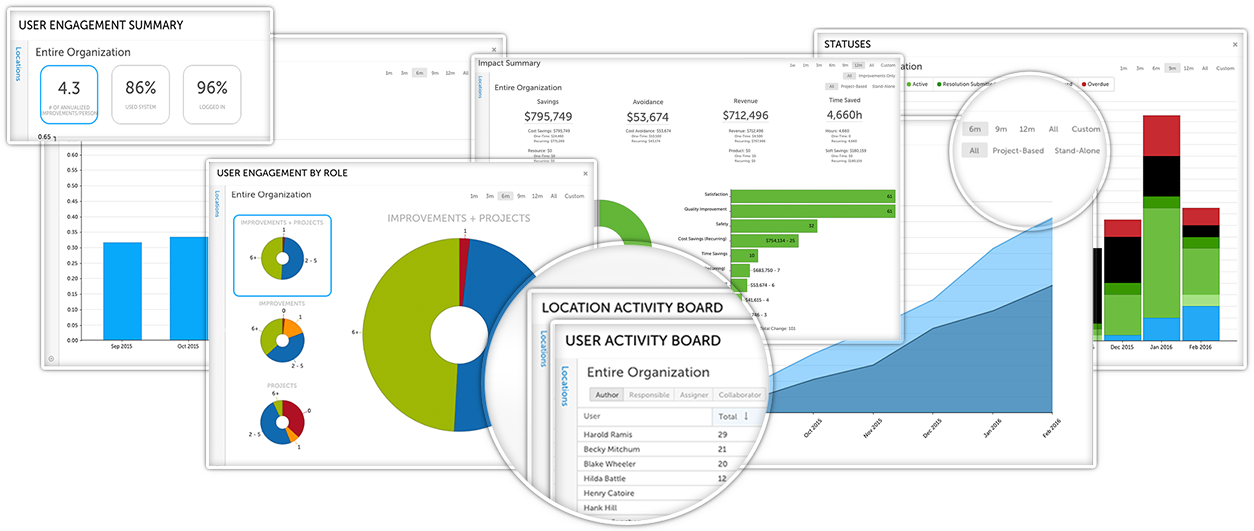
It may seem early to start thinking about the strategic plan for 2020, but the kids are back in school, and pumpkin spice is on the shelves, so it is time to start at least planning for the plan. Our clients who have achieved their most lofty goals have done so by laying a strong foundation upon which the strategy and related tactics can be built. Here are some of the things they've found that work.
Assess the Current State
You probably went through a strategic planning process last year. If the team was successful at engaging in regular review and course correction, you know exactly where you sit today compared to expectations. If that's not the case, now is an excellent time to look back and figure out where things went off the rails. If you can pinpoint how and why the goals you set became less visible or were abandoned altogether, you can begin to come up with a plan to avoid that same fate.
Build a Structure for Communication
The key to successful strategy deployment is making the organization's goals come to life for every single employee. The best way to achieve this is to involve as many people in the planning process as possible. When people have input, they gain a sense of emotional investment and ownership. Leaders have the responsibility for setting the direction, of course, but the Catchball technique can be used to fine-tune the goals and get a broad perspective on what folks think is important.
Decide What's On and Off the Table
One thing that we've seen organizations struggle with time and time again is the inability to say what is not a priority. It is hard to let things go, but if everything is a priority, then nothing truly is. Your team's energy should be directed at the breakthrough goals that are going to change the game for the organization, not distributed across a bunch of pet projects. That's not to say that everyday improvement isn't important; its essential, but it should align with the strategic goals of the organization. As famed economic theorist Michael Porter said, "The essence of strategy is choosing what not to do."
Deploy Available Tools
There are several tools that can help with strategy deployment.

The X Matrix – We love this tool for visualizing the strategy and connecting all of the dots between long term goals, annual goals, tactics, and ownership. You can do it on paper, but it's even better if you have software that allows for collaboration and broad access.
Improvement Management Software – Achieving strategic goals will require lots of small projects that get you ever closer to where you want to be. That's tough to manage in Excel and email. Software can help assure that each project is aligned to a strategic priority. It can give leaders insight into the status of improvement work and the activities of each person and team. It also offers a platform to enhance workflow and get more work done faster.
Daily Huddles – Huddle meetings are a great way to get momentum toward your goals. Be sure that they are tied to the strategic objectives and that they are used as a way to keep "True North" front and center. They are the perfect complement to your process management technology.
Bake-in Accountability and Recognition
The biggest problem we see in terms of strategic deployment is that organizations craft goals, but don't implement and stick to a system of tracking progress and holding people accountable for forward progress. In this case, goals quickly become wishes. Ownership at every level should be documented, and people should be asked to report on their progress or waive a red flag if something goes wrong. Of course, the flip side is that success should be broadcasted widely. Recognition and sustained effort go hand in hand.

Insist on Measurable Metrics
During the very process of defining the strategic goals, it is essential to determine how progress will be measured and reported. There should be an agreed-upon cadence for reporting within the leadership team and the entire organization. At any given moment, everyone should have a good idea about how things are going concerning the strategic objectives. Consider the need for clarity and simplicity when choosing what to measure.

Strategic planning does not need to be painful. In fact, if you keep these things in mind and involve as many team members as possible, you should find that it is a time full of optimism. You can't change the past, but the future is yours to shape.




Add a Comment